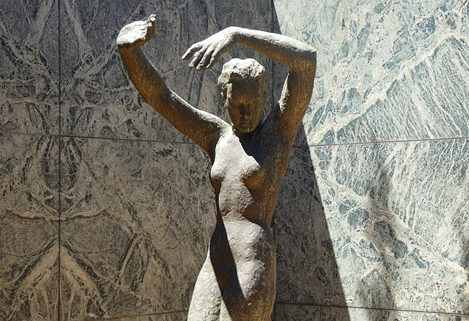1929: Reexistência em Barcelona
Como um artista influenciou a comunidade e a imagem do seu país no cenário internacional
DOI:
https://doi.org/10.24168/revistaprumo.v4i7.1124Resumo
RESUMO
O presente artigo busca entender a multiplicidade do conceito de reexistência por meio do Pavilhão de Barcelona, de Mies van der Rohe. Partindo de uma análise do contexto no qual a obra foi projetada, da sua estrutura e do seu design, busca-se evidenciar o seu legado único no século XX e a sua capacidade de ressignificar a ideia de reexistência. Nesse sentido, essa noção é aplicável na obra tanto para a experiência corpográfica do indivíduo na cidade espanhola, como trabalho artístico, quanto para a noção tida sobre a Alemanha na comunidade artística internacional em um momento delicado para o país, como símbolo de pensamento filosófico e construtivo.
Palavras-chave: Pavilhão de Barcelona, Mies van der Rohe, Reexistência
ABSTRACT
This present article is a case study that seeks to understand the multiplicity of the concept of Reexistence through the Barcelona Pavillion, by Mies van der Rohe. Through an analysis of the context in which the work was thought, of it´s structure and it´s design, it seeks to make clear the unique legacy the work has in the twentieth century and its capacity to give new meanings to the idea of Reexistence. In this sense, this notion is both applicable to the bodily expirience of the individual in the city, as a work of art, and to notion had about Germany in the international artistic community in a delicate moment for the country, as a symbol of philosophical and constructive thought.
Keywords: Barcelona Pavillion, Mies van der Rohe, Reexistence







